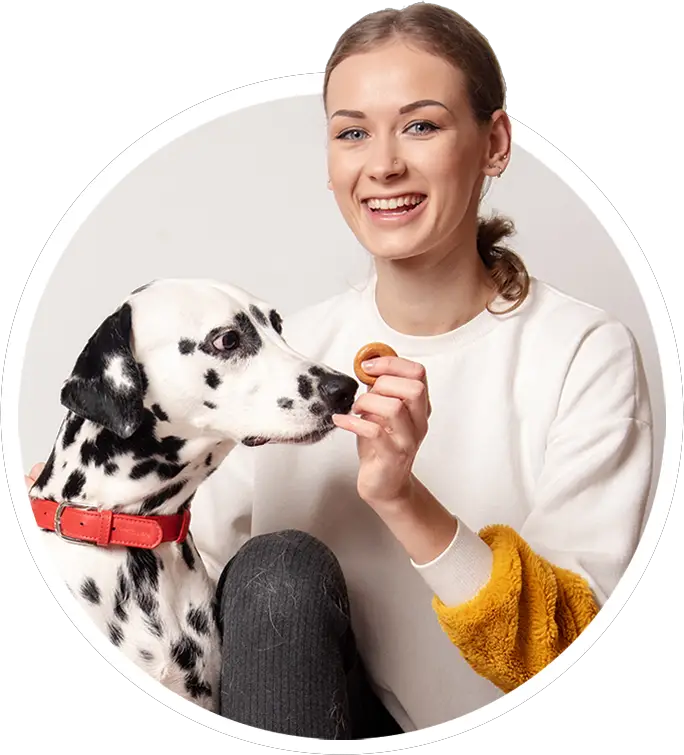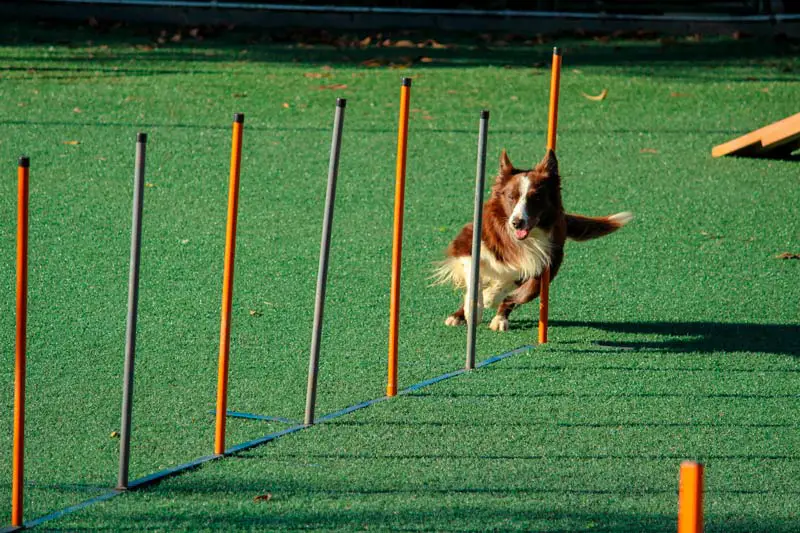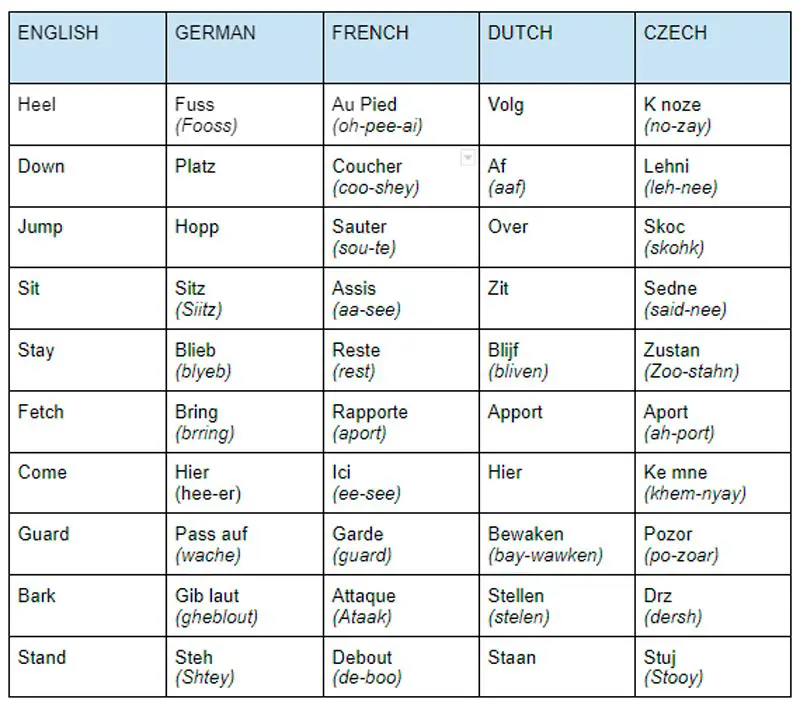Why Should You Train Your Dog In A Foreign Language

Sometimes working dogs are trained in a foreign language because the canine is from another country, and continuing to train them in that language just helps it transition better.
However, if your pooch was born and bred in the USA (or any other English-speaking nation), then you have the option of picking another language for your furball.
Apart from that, there are quite a few reasons to recommend foreign command training in canines. If you’re curious about what they are, just scroll down and discover more.
Picture this, you’ve taken your furbaby to the park for a fun game of fetch, but the space happens to be noisy and crowded. It’s natural for a canine to be distracted in such situations because there’s just too much going on around it.
But, if you speak out a German or a French command in a sea of English speakers, you can be sure that your pet is not only going to hear you but also understand what you want it to do. That’s one of the biggest advantages of training your dog in another language. It’s safer and more effective.
Some languages have distinct accents, tones, and inflections. Why is that important? Because the more distinctive a language is, the easier it’ll be for your doggo to recognize different words.
That’s also why so many folks in the working dog community prefer teaching their canines commands in French, Dutch, or German. It makes life easier for you and your pooch.
Believe it or not, sometimes training your pet in a foreign language can help it adapt to a behavior that it wasn’t able to follow before.
Nobody knows the science behind it or how a canine’s brain is wired to function – but teaching Fido the same skill in a new language can help the canine pick it up faster.
However, it hasn’t stopped trainers like me from coming up with theories. A popular idea is that changing the language associated with the behavior a canine has difficulty with can do away with all the old associations or, perhaps, negative connotations. In other words, it’s a fresh start for your furball.
Some people are naturally adept at picking up new languages. While others (like myself) sometimes struggle with the finer aspects of learning a foreign speech.
But, you know what can really help you break away from the boredom of trying to pick up a language through rote learning – teaching a few words to your furry best friend.
Aside from that, the very experience of working together with your doggo to learn a new speech simultaneously can build a stronger bond. Additionally, if your pet happens to be a brainiac like a Jack Russell Terrier – it’ll love you for the extra mental stimulation.











